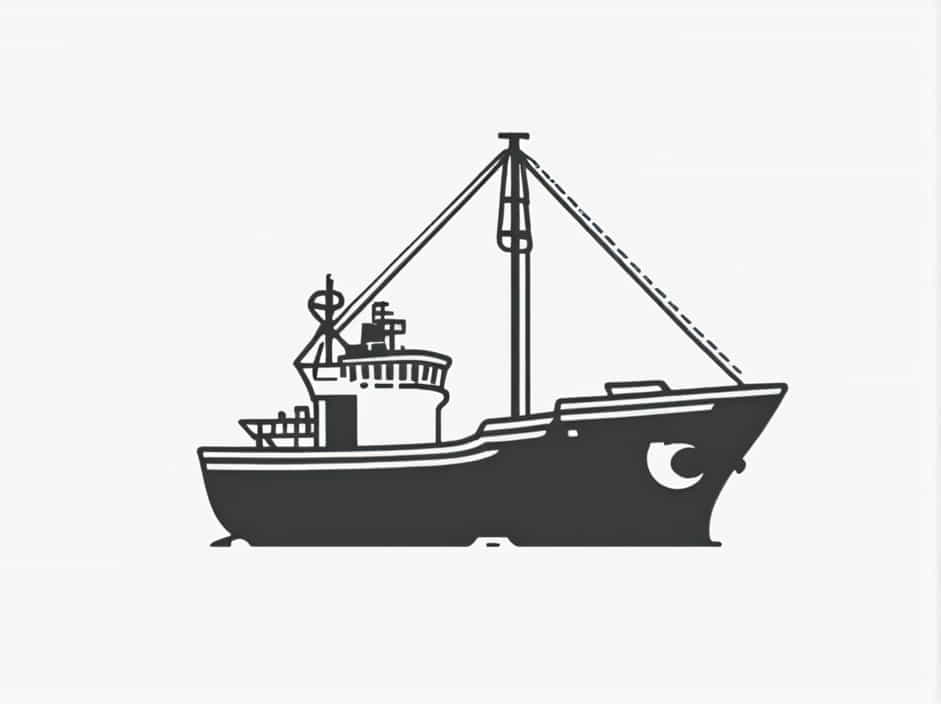New Zealand has a long maritime history, with its waters playing a crucial role in trade, tourism, and transportation. However, incidents of ships running aground occasionally occur, posing serious threats to the environment, economy, and safety of those on board.
One of the most well-known incidents in recent history was the MV Rena disaster, but there have been other cases of vessels running aground along New Zealand’s coast. This topic explores the causes, impact, and recovery efforts involved when a ship runs aground in New Zealand waters.
1. What Does It Mean for a Ship to Run Aground?
When a ship runs aground, it means the vessel has become stuck on the seabed, reef, or shoreline. This can happen due to navigational errors, mechanical failure, or harsh weather conditions.
Common Causes of Groundings
Several factors can contribute to a ship running aground, including:
- Human Error: Mistakes in navigation or misjudging water depth.
- Mechanical Failure: Engine or steering malfunctions that prevent maneuvering.
- Weather Conditions: Storms, rough waves, and strong winds pushing the vessel off course.
- Tidal Changes: Sudden drops in water levels, leaving ships stranded.
- Obstacles in the Water: Uncharted rocks, reefs, or submerged debris.
In New Zealand, the combination of strong ocean currents, unpredictable weather, and complex coastlines makes its waters particularly challenging for maritime navigation.
2. Notable Ship Groundings in New Zealand
The MV Rena Disaster (2011)
One of the worst maritime disasters in New Zealand’s history was the MV Rena, a container ship that ran aground on Astrolabe Reef near Tauranga on October 5, 2011.
Key Details of the Incident
- The MV Rena was a 236-meter-long cargo vessel carrying over 1,300 containers.
- It struck the reef at full speed, causing significant structural damage.
- The grounding led to a massive oil spill, releasing hundreds of tons of fuel into the ocean.
- The ship eventually broke apart, scattering debris and hazardous materials into the water.
Environmental and Economic Impact
- The oil spill contaminated beaches, killing marine life and affecting local fisheries.
- Cleanup efforts cost millions of dollars, involving government agencies and volunteers.
- It became New Zealand’s worst environmental maritime disaster, leading to stricter shipping regulations.
Other Recent Groundings
Apart from the Rena, several other ships have run aground in New Zealand waters, including:
- MV Tuhoe (2018): A historic paddle steamer that ran aground in Whakatāne due to bad weather.
- Fishing Vessels: Numerous commercial fishing boats have become stranded on reefs or sandbars.
- Recreational Boats: Smaller sailboats and yachts often run aground due to navigation errors.
3. Immediate Response to a Ship Grounding
When a ship runs aground, the response must be quick and well-coordinated to minimize damage.
Emergency Procedures
- Assessing the Situation: Crew members check for hull breaches, flooding, or fuel leaks.
- Calling for Assistance: Authorities such as Maritime New Zealand and the Coast Guard are notified.
- Evacuating the Crew: If the ship is at risk of sinking, lifeboats and helicopters are used for rescue.
- Preventing Environmental Damage: Booms and barriers are set up to contain any fuel leaks.
- Salvage Operations: If possible, tugs and heavy machinery attempt to free the vessel.
In many cases, quick response efforts can prevent serious environmental disasters. However, if the grounding is severe, long-term recovery efforts may be necessary.
4. Environmental and Economic Consequences
Ship groundings can lead to significant damage, affecting both marine ecosystems and the local economy.
Environmental Impact
- Oil Spills: Leaking fuel can harm marine animals, coral reefs, and coastal habitats.
- Cargo Spillage: Hazardous materials, chemicals, and debris can pollute the ocean.
- Physical Damage to Reefs: Ships that hit coral reefs can destroy marine ecosystems that take decades to recover.
Economic Consequences
- Shipping Delays: Grounded vessels disrupt trade routes and supply chains.
- Tourism Losses: Polluted beaches and waters discourage visitors and water activities.
- Fishing Industry Damage: Contaminated waters affect fish populations and seafood exports.
For New Zealand, a country heavily dependent on its maritime industry, these incidents can have far-reaching consequences.
5. Salvage and Recovery Operations
How Are Ships Removed?
Removing a stranded ship is a complex and expensive process that requires careful planning.
Common Salvage Methods:
- Refloating the Vessel: Using tugs and pumps to remove water and lift the ship.
- Dismantling: Cutting the ship into smaller pieces and removing them by barge.
- Controlled Sinking: If a vessel is beyond repair, it may be safely sunk in a designated area.
The MV Rena’s Recovery
- The Rena salvage operation took years and cost over $500 million.
- Specialized salvage teams worked to remove oil, cargo, and debris from the wreck.
- Parts of the wreck still remain underwater, with ongoing monitoring by authorities.
6. Preventing Future Groundings
To reduce the risk of ship groundings, New Zealand has implemented stricter maritime regulations and safety measures.
Key Prevention Strategies
- Improved Navigation Systems: Ships now use advanced GPS and sonar technology.
- Better Training for Crew: Ensuring captains and officers are well-trained in navigational safety.
- Stronger Weather Monitoring: Predicting dangerous weather conditions before setting sail.
- Stricter Environmental Laws: Heavy fines for ships that spill oil or hazardous materials.
These efforts aim to protect New Zealand’s waters and coastline from future disasters.
When a ship runs aground in New Zealand, the consequences can be severe, affecting the environment, economy, and marine safety. The MV Rena disaster serves as a reminder of the importance of maritime safety and the need for effective response strategies.
With advancements in technology, stricter regulations, and improved navigation systems, the risk of future ship groundings can be minimized. However, ongoing vigilance is essential to safeguard New Zealand’s marine ecosystem and coastal communities.
